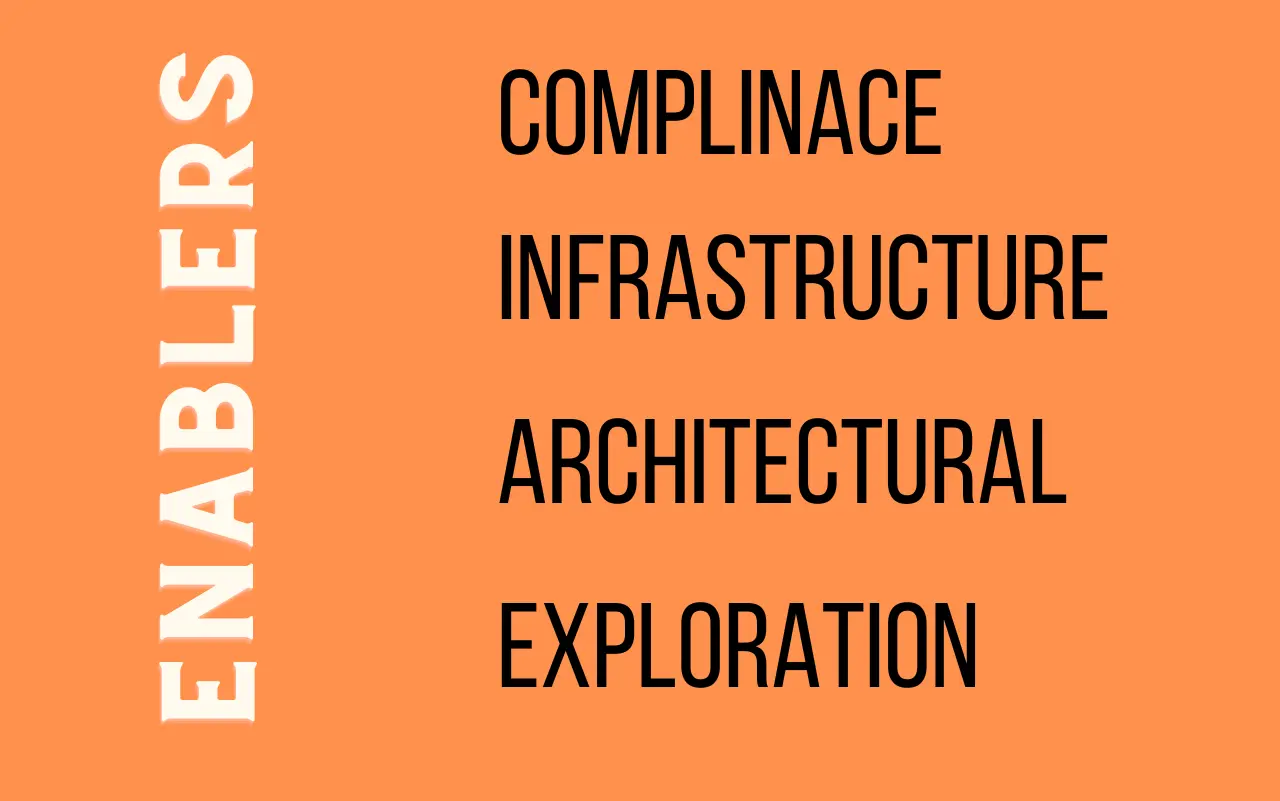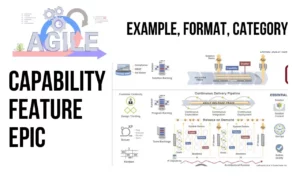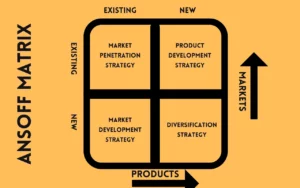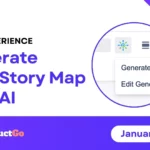Table of Contents
Agile Enablers | Types | Examples
Most agile teams usually stumble at building software. Agile is a simple concept that has helped organizations build better software.
94% of software organizations claim to have at least some experience with agile development.
However, like any system, there are small details to get right to be successful. This article will cover some of these agile enablers along with their examples.
A Look at Agile Enablers
Agile has been around for decades, but it’s only in the last few years that it has become popular in large organizations. Reason? Well, agile is a way of managing software development that works well with modern technology and business practices.
But agile isn’t just a management approach. It also includes a set of techniques and processes that can be used on any project, regardless of size or complexity.
The agile enablers are principles and practices that support the Agile Manifesto.
Agile enablers define how you should think about your work rather than dictating what you must do. They include:
- Individuals and interactions over processes and tools
- Working software over comprehensive documentation
- Customer collaboration over contract negotiation
- Responding to change by following a plan
Types of Agile Enablers
Agile teams need support from many departments to deliver high-quality software. The following are some types of enablers in agile:

1. Compliance Enablers
These are the enablers that come from other departments in your organization. These are usually compliance-driven and may include security, privacy, and legal requirements.
For example, if you’re building a mobile app for a healthcare system, you will likely need to meet HIPAA compliance requirements.
2. Infrastructure Enablers
Infrastructure enablers include database servers, load balancers, cloud-based services, and firewalls. These don’t typically come from your Agile team directly but are required for them to do their work effectively and efficiently.
3. Architectural Enablers
Enabler architectures help us build better software. Examples include continuous integration and test automation frameworks like Jenkins, Selenium, JUnit, etc.
4. Exploration Enablers
These practices help us explore new ideas and evaluate them quickly before deciding whether they should become part of our process. Examples include
- Design-thinking workshops (i.e., design sprints).
- Prototyping tools.
- Customer discovery techniques like user interviews and usability testing sessions with real users in their environments with real devices.
Examples of Agile Enablers
Here are some of the more common examples of enablers in Agile:
Scrum
A framework that helps teams deliver software in short cycles while continuously improving their processes. Each sprint ends with the delivery of working software. Teams usually work together for two weeks, then have one week off before starting another sprint. Each sprint is timeboxed to be between one week and one month long, depending on the amount of work being done.
Agile methods
A family of frameworks based around agile principles such as continuous improvement, frequent delivery, and teamwork among developers and business users. Agile methods include Scrum and Kanban and many others like Extreme Programming (XP), Lean Development, and Feature Driven Development (FDD).
Pair Programming
Pair programming is another agile enabler that helps developers write code faster by working collaboratively with another developer on one computer. One person writes code while the other reviews it line by line or watches over their shoulder to see if there are any mistakes or bugs in the code being written.
This practice also helps developers learn from each other by sharing knowledge about different parts of their applications’ codebase during pairing sessions.
Some of the most common agile enablers are stand-up meetings, continuous integration, continuous deployment (CI/CD), test-driven development (TDD), and kanban.
Stand-up Meetings
Every team member answers three questions each day: What did I do yesterday? What will I do today? What obstacles are in my way? Stand-up meetings help keep everyone on track and remove any potential communication bottlenecks that might slow down your team’s progress.
Continuous Integration and Continuous Deployment (CI/CD)
Continuous integration is merging all changes into a shared main branch several times daily. It is the process by which teams can quickly release software updates once they pass their automated tests. These practices ensure that code quality remains high and releases aren’t delayed due to bugs or integration issues between different components. They also allow teams to roll back quickly if something goes wrong after releasing an update.
Enabler Story Example
An Agile enabler story is a narrative that describes the implementation and benefits of a specific Agile enabler within an organization or team. The story intends to provide real-world examples of how Agile enablers can support the development process and improve project outcomes.
Here is an example of an Agile enabler story:
Background
A software development team may need more visibility and communication within the team, which results in delays, misunderstandings, and low morale.
Description of the Enabler
To address these issues, the team implements Kanban boards, a visual method for managing work and tracking progress.
The team uses a physical board with columns for each stage of the development process, such as “To Do,” “In Progress,” and “Done.”
Teams can also use Gantt charts for this purpose.
Implementation
The team uses sticky notes and markers to create the Kanban board and set up a schedule for the daily stand-up meetings. They also establish guidelines for tasks.
- Enabler architecture: The team could describe the overall structure and organization of the Kanban board, including the different columns and how they are used, as well as the process for adding and moving tasks. They might also discuss how the Kanban board fits into the larger Agile development process and how it aligns with the team’s overall architecture.
- Enabler capacity: The team could discuss how using the Kanban board and stand-up meetings can help increase the team’s capacity to manage work and deliver results.
Benefits
The Kanban board and stand-up meetings greatly improve visibility and communication within the team. Team members could see their colleagues’ work progress and quickly address any issues that arose. This led to a more efficient development process and increased morale among the team members.
Challenges and Lessons Learned
Initially, the team struggled to get everyone on board with the new system, and some members needed to be more resistant to the change. However, the team overcame this by holding regular retrospectives to discuss the benefits of the Kanban board and stand-up meetings and address any concerns.
Final Words
And that’s what agile enabling is all about. It means making the right tools, methods, and data easy to access for developers and architects to use and making their jobs simpler. It means creating a working environment where developers can thrive.
Whether you split your backlog into epics or keep them as user stories, build the necessary processes and clarity into your roadmap using User Story Mapping and Advanced Roadmaps in Jira. This will provide value for the whole team—and the user.













1 Comment. Leave new
Appreciation for really being thoughtful and also for deciding on certain marvelous guides most people really want to be aware of.